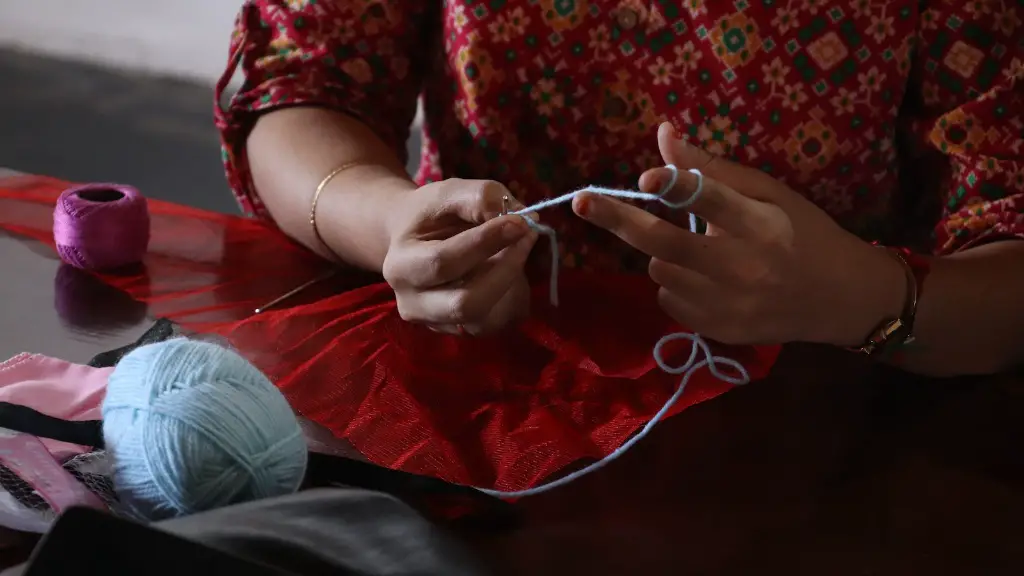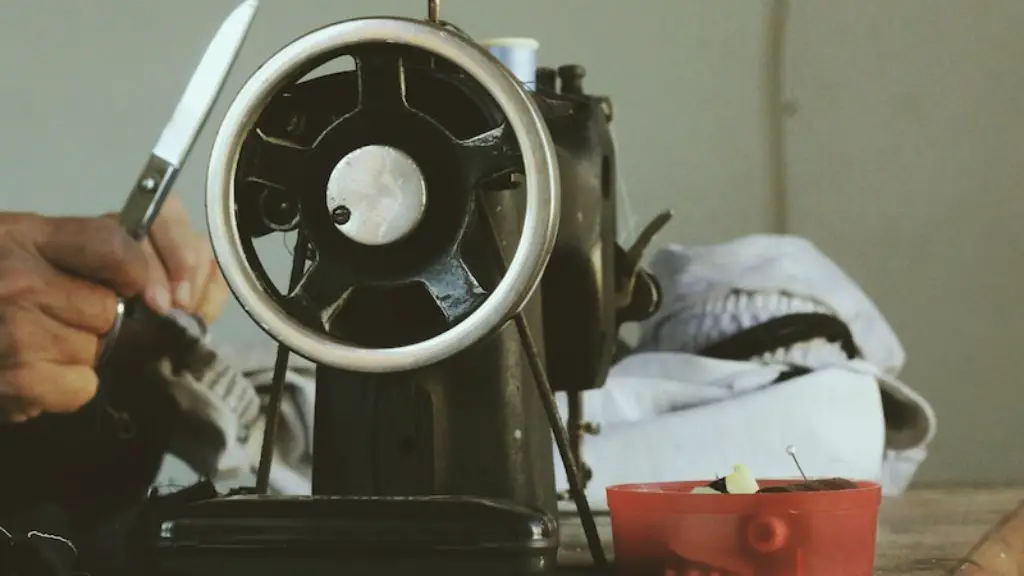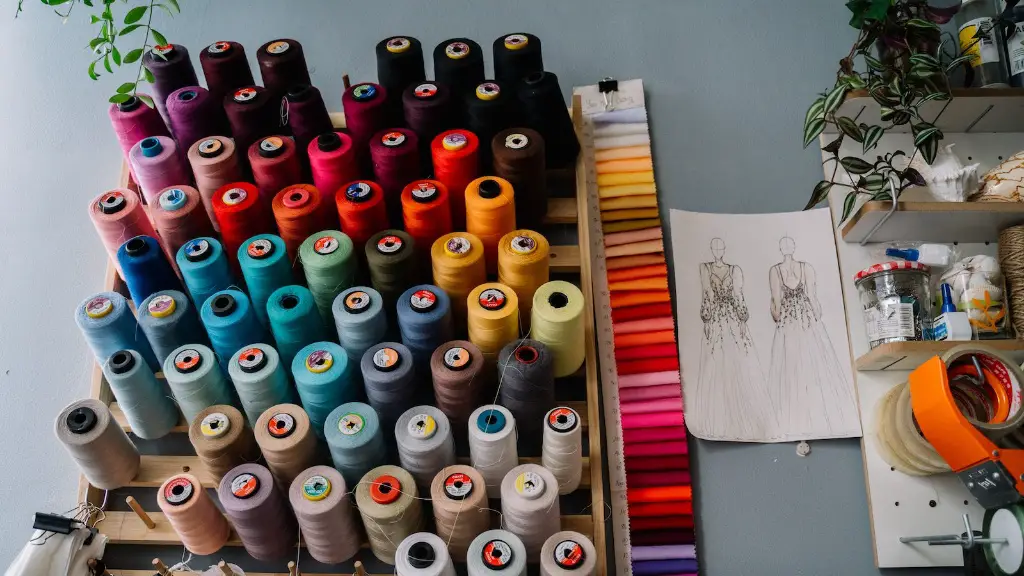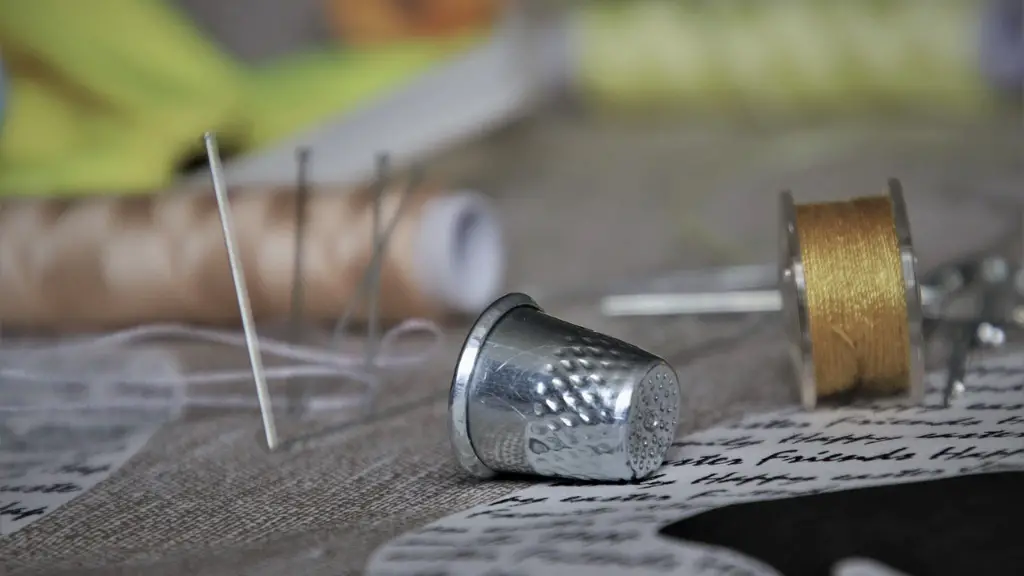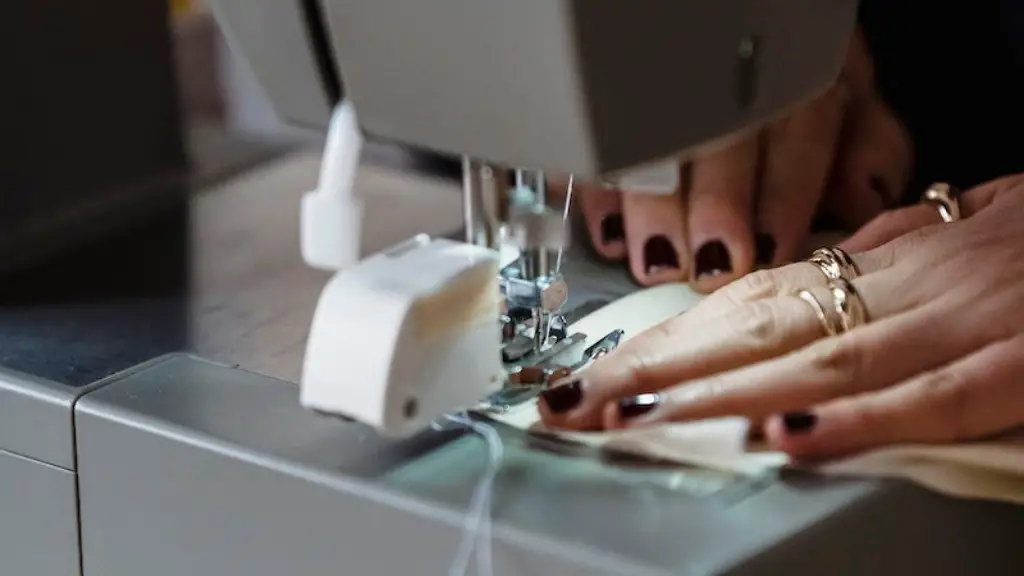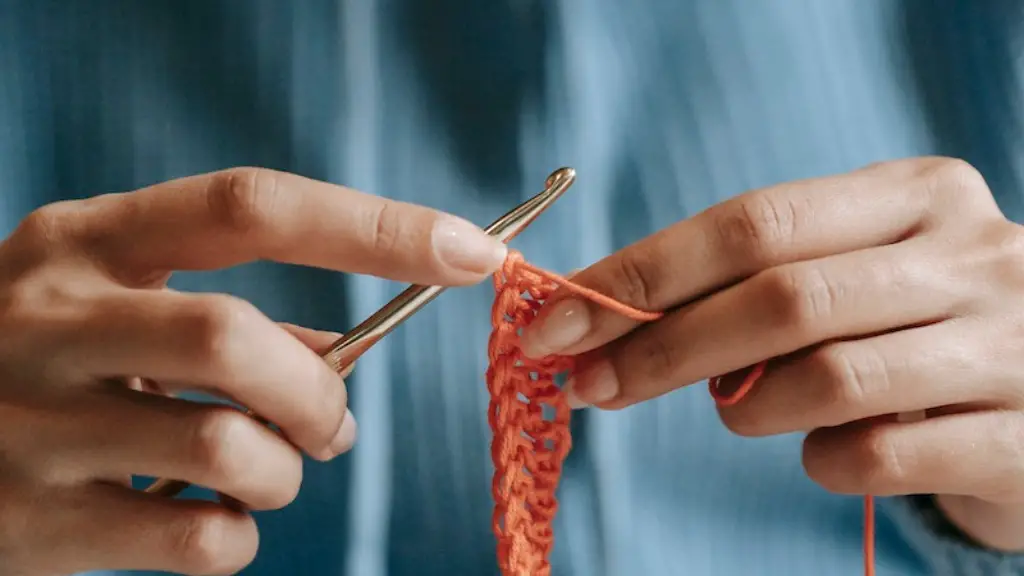Many people are curious if they can substitute a serger sewing machine for a traditional one. A serger machine is commonly referred to as an overlocker, and it is a machine designed to produce a high-quality and professional-looking finish to a garment or product. It’s used to sew hems, attach elastics and narrow seams. The machine is usually used in combination with a regular sewing machine, to give the perfect finish to a garment.
When it comes to whether you can use a serger as a regular sewing machine, the answer is both yes and no. It can become a regular sewing machine in certain settings, but it also has its limitations as a primary machine. Knowing when you need a regular sewing machine, as opposed to a serger, is key to achieving the desired result in your garments and projects.
A serger offers a speed and convenience that traditional sewing machines just can’t match. It can sew 12 to 16 stitches per inch, compared to 8 to 10 stitches of a regular machine. It can complete tasks quickly since it only takes one pass to sew seams and hems. Sergers have built-in features such as rolled hems, elastic insertion, and cover hems. This makes it possible to sew garments quickly and efficiently and to use specialty threads, giving your projects a professional look while saving time.
But a serger can’t really replace a traditional sewing machine entirely. The biggest difference between the two machines is the lack of presser foot for a serger. This means that a serger can’t be used to sew zippers, buttonholes and topstitching. A serger can’t be used to sew heavy fabrics such as denim and leather, as the feed dog system isn’t strong enough. A serger is generally not used for quilting.
A traditional sewing machine is often the better choice for projects that need exact precision. A serger can’t be used to sew bias binding or facings and it’s a bit more tricky to sew darts on it. A sewing machine also has a slower stitch speed, which is better for accuracy when sewing intricate areas like collars or armholes. And while a serger is great for speeding up hems and finishing edges, a regular sewing machine gives you more control and is still the best choice for finer fabrics.
However, you can certainly use a serger as a regular sewing machine in certain settings. A serger is an ideal machine to finish seams, and if you’re working on a beginner project it can be used to join two pieces of fabric together. It can be used to do topstitching and can easily sew multiple layers of fabric and panels. Multiple needles can be used to attach elastic, ribbons and ruffles, which “mimics” the functionality of a traditional sewing machine.
While it’s possible to use a serger as a regular sewing machine, understanding the capabilities of both machines, as well as the project requirements, will help you decide which machine you need. It pays to learn the different strengths and weaknesses of each machine, so when tackling a project, you can easily identify which one to use.
Advantages of a Serger
There are several advantages to using a serger machine.
First, it’s a powerful machine that can sew multiple layers of fabric quickly. It offers a neat, professional finish with perfect stitch width and tension. It also eliminates the need to overlock and finish seam allowances manually. This is especially convenient when several seams meet, making it much quicker and more accurate.
It can also accomplish some of the tasks of a standard sewing machine, such as topstitching and elastic insertion. This means it can be used for a wide array of projects, from basic clothes to more intricate and challenging apparel. Moreover, a serger’s speedy nature can help you finish a project faster, allowing you to work your way up more complicated projects.
In addition, using a serger machine is fairly easy to learn. The modern serger machines on the market today are easy to understand, use, and maintain. They come with attachments, tools and features that can help you get the most out of it.
Finally, a serger machine can save you money by reducing the amount of fabric you need to use. Since it can sew multiple layers of fabric, sergers require less fabric than a regular sewing machine. This can be a great advantage if you’re on a budget.
Drawbacks of a Serger
There are some drawbacks to using a serger machine. One of the biggest drawbacks is that it can’t be used on thick fabrics like denim and leather. It also lacks the precision of a regular sewing machine, so it can’t be used for intricate tasks such as sewing darts. Additionally, it doesn’t work well on thinner fabrics such as chiffon and silk, as the stitches can easily tear the fabric.
Since sergers are designed to handle large amounts of tight seams, they can’t be used for freehand sewing. While sergers offer great speed and efficiency, there are still some tasks that require attention to detail that can’t be done with a serger. Finally, sergers are fairly expensive compared to regular sewing machines.
What Projects Can a Serger Sew?
A serger can be used for a wide range of projects, from basic garments to more complex items. It can be used to sew hems, attach elastics, and join seams. It’s also ideal for fabric finishing, as well as ensuring the edges of the fabric won’t fray. Additionally, it’s a great tool for making decorative accents such as piping and bias binding.
Sergers can also be used for creating lingerie and swimwear, as well as working with synthetic fabrics. They’re great for sewing stretch fabrics since the stitches are built to withstand stretching and tugging, giving them lasting elasticity. If you’re into quilting, a serger can be used to decorate the edges of your quilt.
All in all, sergers are versatile machines that can be used for a variety of projects. However, understanding what projects they can’t be used for is just as important as understanding what they can do. When it comes to the more intricate tasks of sewing, the benefits of a regular sewing machine outweigh those of a serger.
Pros and Cons of Using a Serger
There are both pros and cons to using a serger machine. While there are several benefits to owning a serger, it’s important to understand its limitations. On the plus side, sergers are great for sewing multiple layers of fabric quickly, and for sewing seams and hems. Additionally, they’re easy to learn and use, and can be used for a variety of projects. But on the other hand, they’re limited in terms of detail and accuracy, and they’re higher priced than regular sewing machines.
Ultimately, the decision on which machine to use depends on the type of project you’re working on. If it’s a complicated project or you’re working with heavier fabrics, then you’re better off with a regular sewing machine. However, if you’re looking for a machine that can sew multiple layers quickly and efficiently, then a serger machine is the way to go.
How to Care For Your Serger
Proper maintenance of your serger is important if you want it to last for years. Keeping it clean is essential as dirt and lint can build up and clog the machine’s parts. To clean it, use a soft cloth to wipe down the exterior, and a brush to reach into hard-to-reach areas like the upper roller and threaders. It’s important to check for any debris, lint or thread that might be stuck in the bobbin case, too. Keep the tension balanced at all times and make sure the thread is suitable for the type of fabric you’re working with.
You should also oil the serger machine regularly and inspect it for any signs of wear or damage. Additionally, make sure you’re using the right needles and threads for the fabric or project you’re working on. Finally, it’s important to store your serger in a cool, dry place, away from dust and moisture.
Conclusion
A serger can be used as a primary machine for many projects, but there are still tasks that are best done with a regular sewing machine. Knowing when to use a serger and when to use a regular sewing machine is key to achieving the desired results in your garment or project. With that in mind, it’s important to understand the pros and cons of using a serger, and to be familiar with the maintenance and care of your machine. So the answer to the question “Can you use a serger as a regular sewing machine?” is “Yes, but with limitations.”
